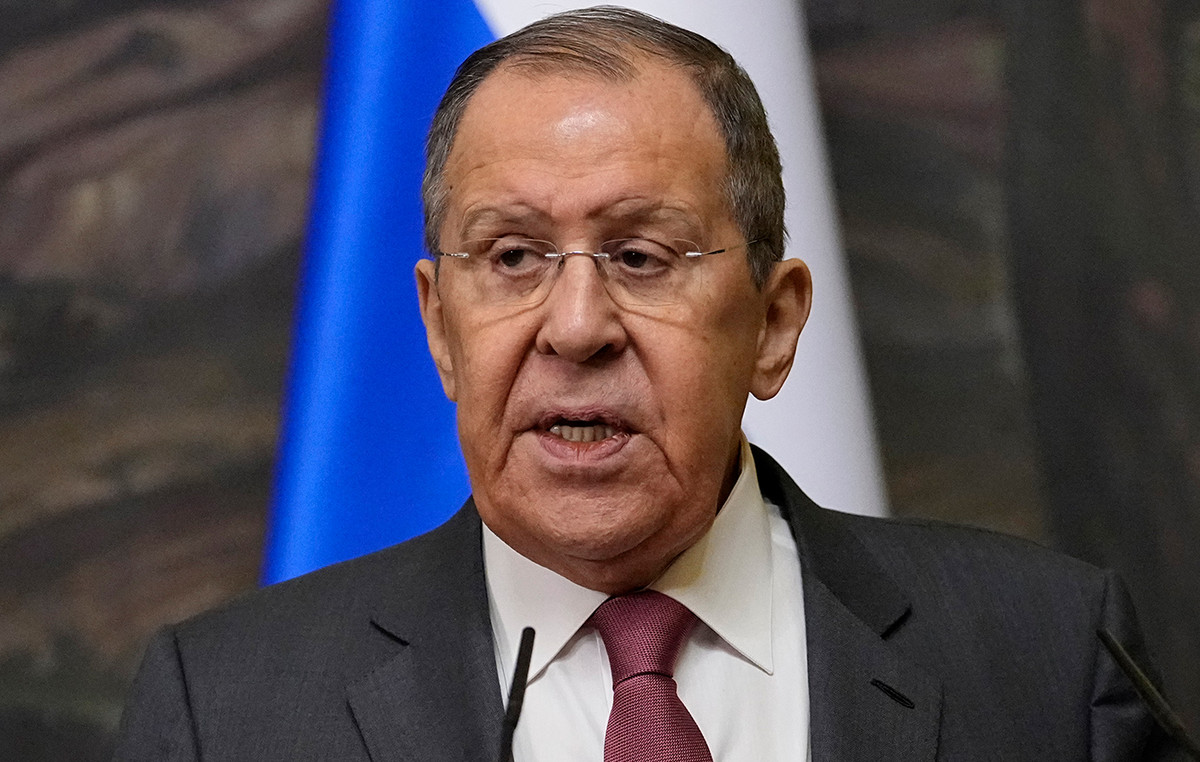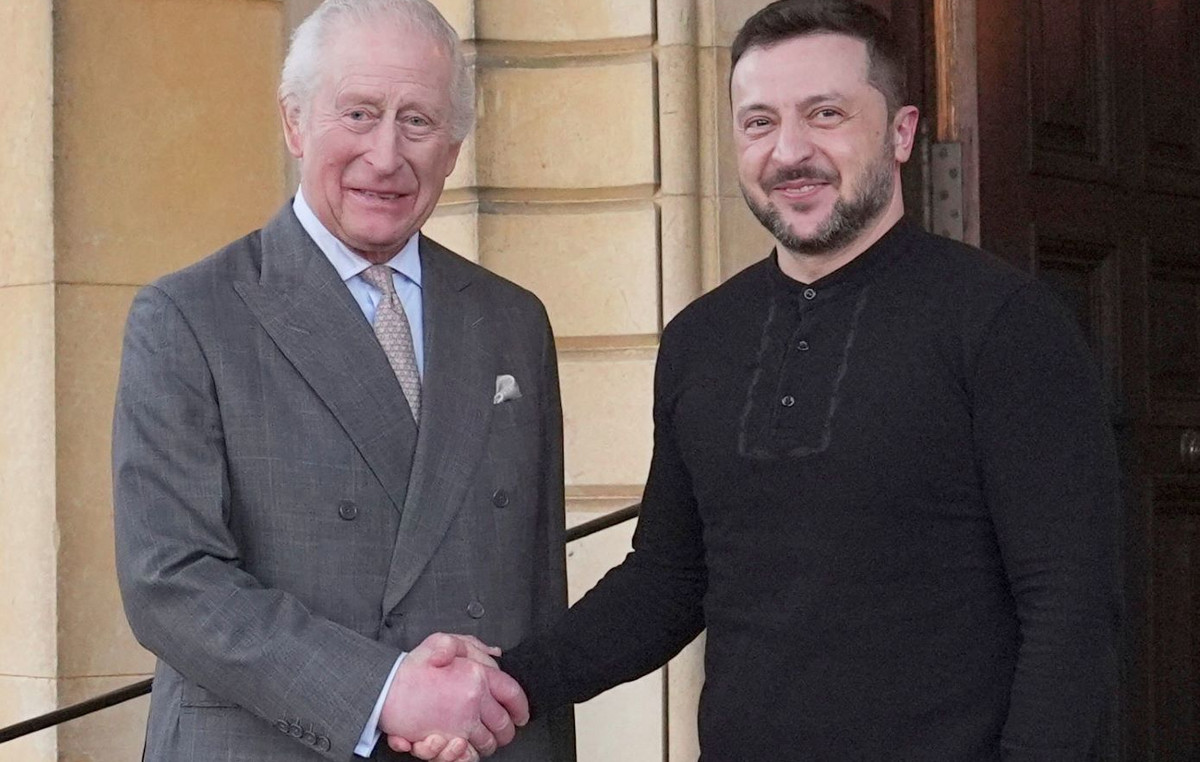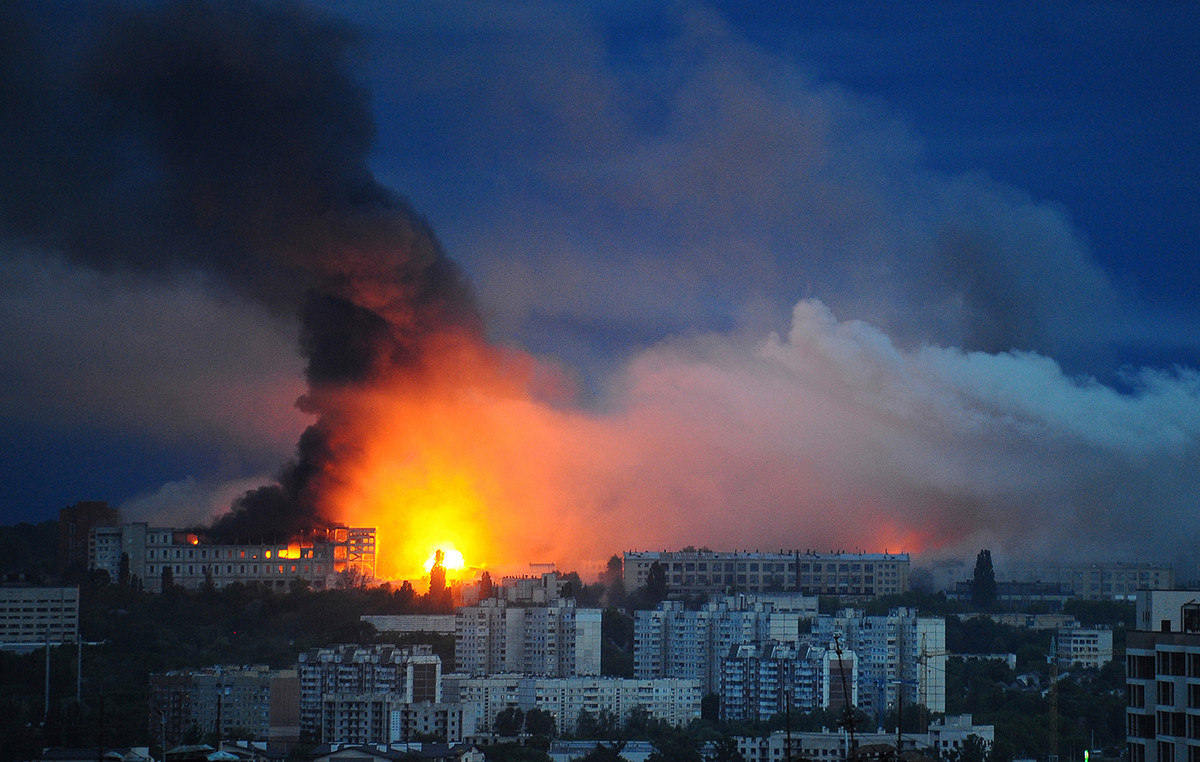After long negotiations, the Argentine government, now under the presidency of Javier Milei, ordered the purchase of 24 F-16 Fighting Falcon fighters from the Danish Air Force this April. This was the largest acquisition of military aircraft made by the country in decades and the most recent expansion of air power by a country in Latin America.
The planes will still take some time to become part of the Argentine Air Force as there is no official delivery deadline, but when that happens it will be an important change in the Argentines' military capacity.
Since 2015, when the old Mirage III fighters were retired, Argentina has not had supersonic fighters in its arsenal and its aerial capabilities have been seriously limited by defense spending that has remained low in recent decades.
Argentina will not be the first Latin American country to operate F-16 fighters, aircraft manufactured by the American company Lockheed Martin that have been exported around the world. Chile and Venezuela also fly the model.
Brazil, Peru, Colombia, Cuba, Honduras and Mexico also operate supersonic fighters, that is, aircraft that can fly faster than the speed of sound (situated at 1,225 kilometers per hour), and with capabilities similar to the F-16.
The F-16s have not yet arrived in Argentina and it is unclear when they will. Until then, the Argentine Air Force continues without supersonic capabilities and with an inventory of 22 combat-capable aircraft, including Douglas A-4AR subsonic fighters (of North American origin) and locally manufactured Pampa planes, which are of advanced training and light attack.
Brazil
In comparison, Brazil has 185 combat-capable aircraft, including 47 Northrop F-5 Tiger II supersonic fighters (also of North American origin) and 24 AMX A-1 attack aircraft (a development between Italy and the Brazil).
But the jewel of the Brazilian Air Force are the modern Swedish Saab Gripen fighters: there are six in the country, but dozens more are expected to arrive, which are foreseen in an agreement signed in 2013, part of which will be manufactured in Brazil.

Chile
Chile is one of the countries that uses the F-16 fighter the most in Latin America: it has 46 models in AM, BM, C and D versions, including ground attack. Among the Chilean Air Force's 76 combat-capable aircraft there are also 12 F-5 Tiger III fighters.

Colombia
Colombia has 64 combat-capable aircraft, including 22 IAI Kfir supersonic fighters, manufactured in Israel based on the French Mirage 5 fighter.
Cuba
Cuba has a fleet of aircraft of Soviet and Russian origin. Among them, 10 in combat capacity, including the MiG-29 and MiG-21 supersonic fighters.
Honduras
Honduras is one of the few countries in Central America that operates supersonic aircraft: among its 17 combat-capable aircraft, it has 11 F-5 Tiger II fighters.
Mexico
The Mexican Air Force has 80 combat-capable aircraft, but only 5 are F-5 Tiger II supersonic fighters. Like Argentina, Mexico is one of the countries that spends the least on Defense in the region, according to data from SIPRI and the World Bank.
Peru
Among the 60 combat-capable aircraft of the Peruvian Air Force are supersonic aircraft of Soviet and Western origin, including 19 MiG-29 and 12 Mirage 2000 (from France).
Venezuela
The Venezuelan Air Force also operates a fleet of diverse origins. It is one of two countries that have F-16 models (it has 18 A and B versions), but it also flies 21 Sukhoi Su-30 aircraft of Russian origin. In total, it has a total of 79 aircraft in combat capacity.

Defense expenses have grown around the world
The acquisition of planes by Argentina is not, however, an isolated event. In a world affected by armed conflicts of increasing magnitude, including the war in Ukraine and the conflict between Israel and Hamas, which has regional repercussions, the purchase of weapons is increasing.
According to the Stockholm International Peace Research Institute (SIPRI), a Stockholm-based international think tank that monitors global arms purchases, global defense spending rose in 2023 to US$2.4 billion — 6.8% more than in 2022. The percentage jump is the highest since 2009, and the total value is the highest recorded by SIPRI.
Global Defense spending has been increasing for nine years, according to the same source.
Meanwhile, member countries of the North Atlantic Treaty Organization (NATO), which provide military aid to Ukraine, are expanding defense spending with the aim of meeting the 2% of GDP spending required by the alliance.
If we talk about “cannons or butter”, the popular model used by economists to explain scarcity, compensation and balance of spending in a country, the world seems to be focused on buying more cannons than butter.
However, Defense spending in Latin America remains low. According to the World Bank, only Colombia exceeds the 2% level and dedicates 3.1% of its product to Defense. While Mexico, Venezuela and even Argentina, despite this purchase, are among those that spend the least on Defense, below 1%.
***With information from Joaquín Doria and Damián Martino.
Source: CNN Brasil
Bruce Belcher is a seasoned author with over 5 years of experience in world news. He writes for online news websites and provides in-depth analysis on the world stock market. Bruce is known for his insightful perspectives and commitment to keeping the public informed.







